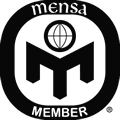Selected portions of the BloostonLaw Telecom Update, a newsletter from the Law Offices of Blooston, Mordkofsky, Dickens, Duffy & Prendergast, LLP are reproduced in this section with the firm's permission.

Wireless Carriers' Accord Dovetails With FCC Intent To Provide "Text-to-911" FCC Considering "Text-to-911" Rules Today;
AWS-4 Order, H-Block NPRM Approved;
Small Cell Use of 3.5 GHz Band Approved . Last week, the nation's four largest wireless carriers—AT&T, Verizon, Sprint, T-Mobile—agreed to accelerate the availability of text-to-911, with major deployments expected in 2013 and a commitment to nationwide availability by May 15, 2014. Building on text-to-911 deployments and trials that are already underway, this agreement will accelerate progress and ensure that over 90% of the nation's wireless consumers, including consumers with hearing or speech disabilities, will be able to access emergency services by sending a text message to 911, where local 911 call centers (known as a Public Safety Answering Points, or PSAPs) are also prepared to receive the texts. The FCC said that text-to-911 will provide consumers with enhanced access to emergency communications in situations where a voice call could endanger the caller, or a person with disabilities is unable to make a voice call. The FCC added that text-to-911 will be a complement to, not a substitute for, voice calls to 911 services, and consumers should always make a voice call to 911 during an emergency if they can. In addition, to help eliminate consumer confusion while text-to-911 capability is being phased-in, the carriers have committed to provide an automatic "bounce back" text message to notify consumers if their attempt to reach 911 via text message was unsuccessful because this service is not yet available in their area. Such a message would instruct the recipient to make a voice call to a 911 center. The four carriers will fully implement this "bounce back" capability across their networks by June 30, 2013. The Commission said it will take additional action as necessary to ensure the public's ability to reach 911 using text messaging. At today's open meeting, the FCC is considering steps toward ensuring that text-to-911 is made available as soon as possible by all carriers, and over-the-top providers who offer Internet-based text services. Specifically, at our deadline, the FCC was voting on an order titled "Facilitating the Development of Text-to-911 and Other Next Generation 911 Applications (PS Docket No. 11-153) and Framework for Next Generation 911 Deployment (PS Docket No. 10-255)." The primary purpose of the order is to adopt rule changes that will allow texting 911 messages. We will provide details in our next issue of the newsletter. AWS-4 ORDER & H-BLOCK NPRM Prior to today's meeting, the FCC adopted on circulation a scheduled agenda item freeing up 40 MHz of underutilized satellite spectrum for land-based mobile broadband, including 4G Long Term Evolution (LTE). This Advanced Wireless Services-4 (AWS-4) order is captioned: Service Rules for Advanced Wireless Services in the 2000-2020 MHz and 2180-2200 MHz Bands (WT Docket No. 12-70); Fixed and Mobile Services in the Mobile Satellite Service Bands at 1525-1559 MHz and 1626.5-1660.5 MHz, 1610-1626.5 MHz and 2483.5-2500 MHz, and 2000-2020 MHz and 2180-2200 MHz (ET Docket No. 10-142); and Service Rules for Advanced Wireless Services in the 1915-1920 MHz, 1995-2000 MHz, 2020-2025 MHz and 2175-2180 MHz Bands (WT Docket No. 04-356). It is a Report and Order and Order of Proposed Modification to increase the Nation's supply of spectrum for mobile broadband by adopting service rules for 40 megahertz of spectrum in the 2 GHz band (2000-2020 MHz and 2180-2200 MHz). The Commission also unanimously approved another scheduled agenda item on circulation—a proposal setting the stage for an auction of the H Block (1915-1920 MHz and 1995-2000 MHz bands) in 2013. Proceeds from this auction will help fund a nationwide Public Safety Network for first responders and reduce the deficit. This item is a Notice of Proposed Rulemaking (NPRM) that would implement the Congressional directive in the Middle Class Tax Relief and Job Creation Act of 2012 to grant new initial licenses for the 1915-1920 MHz and the 1995-2000 MHz bands through a system of competitive bidding. Details on these items will be provided next week. SMALL CELL USE OF 3.5 GHz BAND At today's meeting, the FCC adopted a Notice of Proposed Rulemaking (NPRM) that would make available 100 megahertz of shared spectrum in the 3.5 GHz Band (3550-3650 MHz) using small cell and database technologies. The Notice of Proposed Rulemaking (NPRM) broadly reflects the thinking of the President's Council of Advisors on Science and Technology (PCAST), which issued a report this summer recommending spectrum sharing and small cell use in the 3.5 GHz Band. The FCC said the proposal lays the groundwork for the widespread deployment of small cell technologies across 100 megahertz of spectrum, and would spur significant innovation in wireless technologies and applications throughout the economy, while protecting incumbent users in the band. The NPRM envisions three tiers of users, each with different levels of rights and protections in the 3.5 GHz Band. The first tier, Incumbent Access, would include authorized federal users and grandfathered fixed satellite service licensees. These incumbents would be afforded protection from all other users in the 3.5 GHz Band. The second tier, Protected Access, would include critical use facilities, such as hospitals, utilities, government facilities, and public safety entities that would be afforded quality-assured access to a portion of the 3.5 GHz Band in certain designated locations. The third tier, General Authorized Access, would include all other users — including the general public — that would have the ability to operate in the 3.5 GHz Band subject to protections for Incumbent Access and Protected Access users. A spectrum access system, incorporating a geo-location enabled dynamic database, would govern access to the 3.5 GHz Band. FCC CREATES NEW TASK FORCE ON TECHNOLOGY TRANSITIONS POLICY: FCC Chairman Julius Genachowski has announced the formation of a Technology Transitions Policy Task Force, which, according to the Chairman, "will play a critical role in answering the fundamental policy question for communications in the 21st century: In a broadband world, how can we best ensure that our nation's communications policies continue to drive a virtuous cycle of innovation and investment, promote competition, and protect consumers?" Specifically, the Task Force "will coordinate the Commission's efforts on IP interconnection, resiliency of 21st century communications networks, business broadband competition, and consumer protection with a particular focus on voice services." The Task Force also will consider recommendations from the Technological Advisory Committee on the transition of the legacy public switched telephone network to an Internet Protocol network. Sean Lev, the Commission's General Counsel, will serve as Interim Director, and Rebekah Goodheart, Associate Chief of the Wireline Competition Bureau, will serve as Deputy Director of the Task Force. The Task Force also will include the Commission's Chief Economist and Chief Technology Officer, and staff from the Wireline, Wireless, Media, Consumer Affairs, and Public Safety and Homeland Security Bureaus, the Office of General Counsel and the Office of Strategic Planning and Policy Analysis. 
COMMENT DEADLINE SET FOR CHANGES TO FORM 499: The deadline for comments on the Wireline Competition Bureau's proposed revisions to the annual and quarterly Telecommunications Reporting Worksheet (FCC Forms 499-A and 499-Q, respectively), originally reported in the November 28 issue of the BloostonLaw Telecom Update, has been set for January 11, 2012. There is no opportunity for reply comment. The proposed revisions include information in connection with mergers, holding companies and affiliates, as well as reporting subscriber line charges and exchange access service revenues, special access, and carrier's carrier revenues. The revisions also reflect the changes adopted in the Universal Service Fund/Intercarrier Compensation (USF/ICC) Order (WC Docket No. 06-122), such as the access recovery charge. 
BROADBAND SUMMIT SET FOR FEBRUARY 7: The Federal-State Joint Conference on Advanced Services will hold a summit on February 7, 2013 to identify and discuss best practices learned from broadband adoption programs and academic studies/surveys, and how implementation of these best practices can close the broadband adoption gap among Americans — particularly low-income households, racial and ethnic minorities, seniors, rural residents, residents of Tribal lands and people with disabilities. Additional details regarding the agenda will be available prior to the event at http://www.fcc.gov/events . T-MOBILE PLANS TO HALT DEVICE SUBSIDIES: T-Mobile USA said it will eliminate all device subsidies from its rate plans in 2013, according to FierceWireless. It reported that during Deutsche Telekom's annual investor conference last week, T-Mobile CEO John Legere said that customers will be able to pay an upfront fee for their devices and then pay the balance of the device in monthly installments. FierceWireless said that T-Mobile's move is a striking change for the industry, because all Tier 1 carriers for many years have subsidized the cost of devices in exchange for customers agreeing to a two-year contract. Currently T-Mobile offers Classic plans that subsidize the device and require a two-year contract and Value plans that let customers pay the full cost of their smartphones or pay it off in monthly installments in exchange for lower monthly plan rates. Legere said that in 2013 T-Mobile will eliminate its Classic rate plans that include device subsidies and instead only offer Value plans to customers. While not alluding to the iPhone specifically, Legere said that customers may be able to purchase the "most iconic device in the world" for $99 and then pay monthly installments of $15 or $20 over the next 20 months. T-Mobile said it will aggressively battle AT&T Mobility in its advertising beginning in the spring when the MetroPCS acquisition is expected to close. AT&T tried and failed last year to purchase T-Mobile for $39 billion. Legere said one element of the advertising could be summarized as, "You love your iPhone, you hate AT&T." He said: "I want you to get used to that tone because that is the way we're going to play," according to FierceWireless. 
SUPERSTORM SANDY EXPOSED FLAW IN PUBLIC SAFETY LTE PLAN: Superstorm Sandy brought down numerous commercial cell sites on the Northeastern seaboard and may have highlighted a glaring flaw in plans for the nationwide public-safety mobile broadband network, according to FierceBroadbandWireless. It reported that in a Sept. 25 presentation, Craig Farrill, First Responder Network Authority board member, advocated for the creation of a diverse nationwide public-safety Long Term Evolution (LTE) network composed of multiple wireless networks, including commercial cellular networks, in order to facilitate widespread coverage quickly. However, those commercial cellular networks are the same ones that failed during Sandy due to a host of issues: downed towers, widespread electrical outages, flooded generators and drained backup batteries. One quarter of all cell sites across 10 states were estimated to have been disabled, at least temporarily, by the storm, according to FierceBroadbandWireless. The New York Times also reported on this issue. Both publications reported that other FirstNet board members who visited New York after the hurricane "clearly saw the difference between the performance of commercial and public safety networks," said Dowd. "They knew the new system cannot be built to commercial standards. It has to be at a higher level of redundancy and survivability." But building a nature-proof network would be costly as well as nearly impossible. "To think that you can build a network that can withstand anything and everything that Mother Nature throws at it is a bit unrealistic," said Bill Smith, president of AT&T Network Operations, according to the New York Times. "It's not impossible, but it would be incredibly expensive." Meanwhile, millions of dollars in federal grant money are sitting unused while local agencies hold off on plans to build out their own LTE networks at the behest of the U.S. Department of Commerce, which grew concerned in May that the networks those jurisdictions were planning might not be compatible with the future nationwide network. FEBRUARY 1: FCC FORM 502, NUMBER UTILIZATION AND FORECAST REPORT. Any wireless or wireline carrier (including paging companies) that have received number blocks—including 100, 1,000, or 10,000 number blocks—from the North American Numbering Plan Administrator (NANPA), a Pooling Administrator, or from another carrier, must file Form 502 by February 1. Carriers porting numbers for the purpose of transferring an established customer's service to another service provider must also report, but the carrier receiving numbers through porting does not. Resold services should also be treated like ported numbers, meaning the carrier transferring the resold service to another carrier is required to report those numbers but the carrier receiving such numbers should not report them. Reporting carriers are required to include their FCC Registration Number (FRN). Reporting carriers file utilization and forecast reports semiannually on or before February 1 for the preceding six-month reporting period ending December 31, and on or before August 1 for the preceding six-month reporting period ending June 30. |

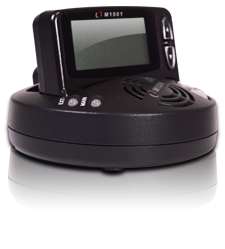










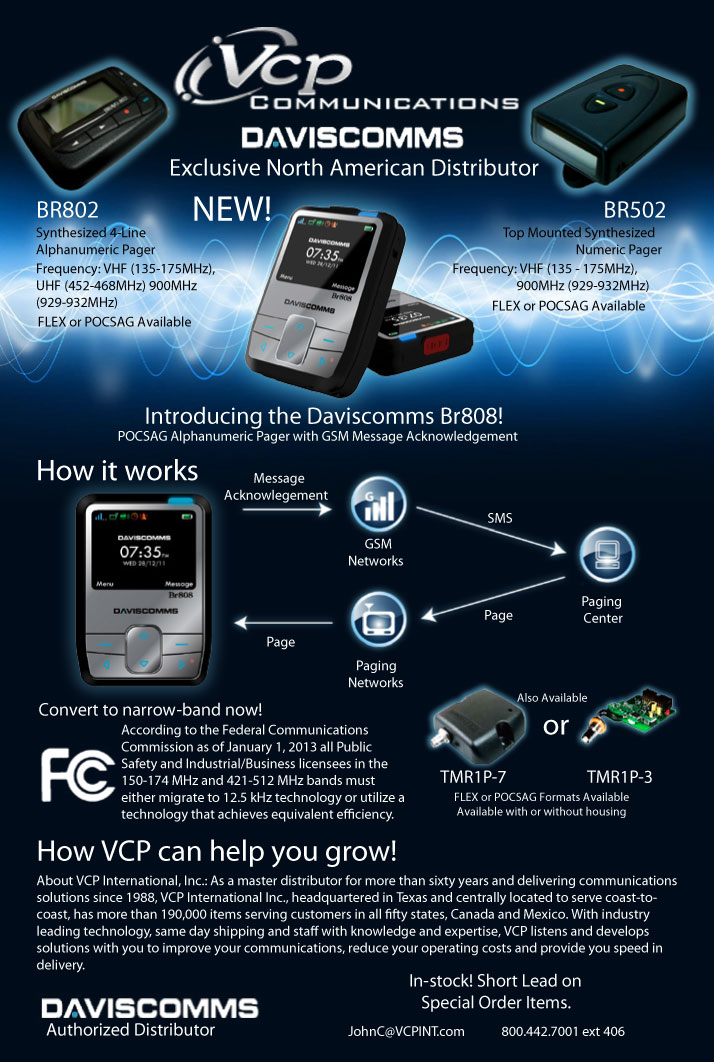
 Hi, I want to let you know about an amazing offer and service that I'm really excited about. Check this out — unlimited nationwide 4G voice, text and data for only $49. Amazing value, right? It gets even better . . . the first Month is FREE until 12/31. For more information contact me at
Hi, I want to let you know about an amazing offer and service that I'm really excited about. Check this out — unlimited nationwide 4G voice, text and data for only $49. Amazing value, right? It gets even better . . . the first Month is FREE until 12/31. For more information contact me at 
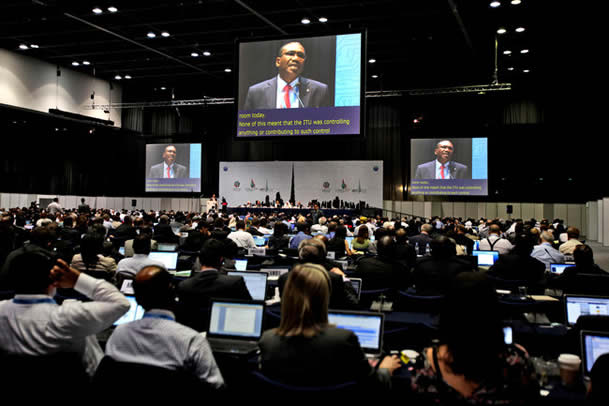












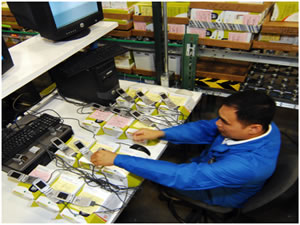





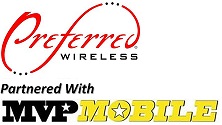





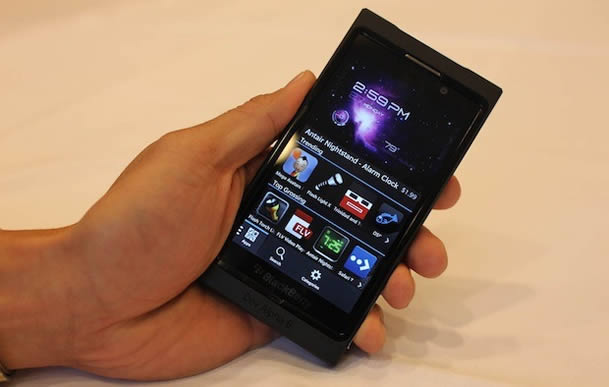

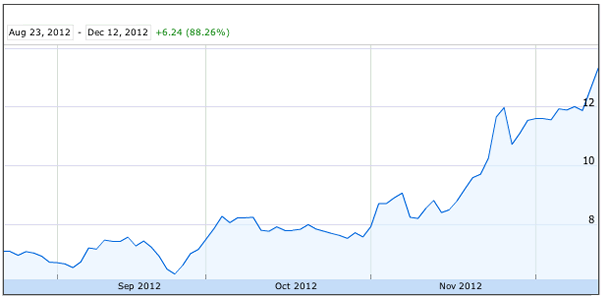
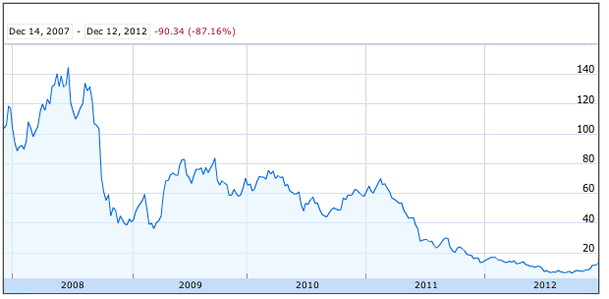



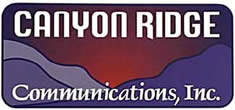





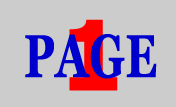








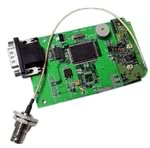


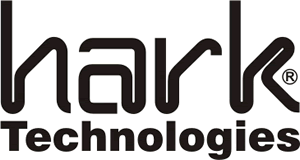
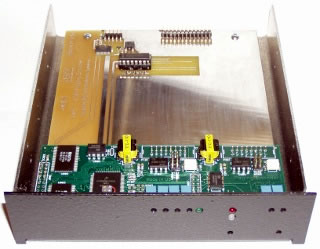

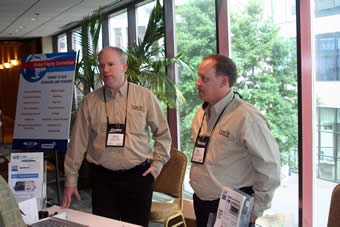 David George and Bill Noyes
David George and Bill Noyes



